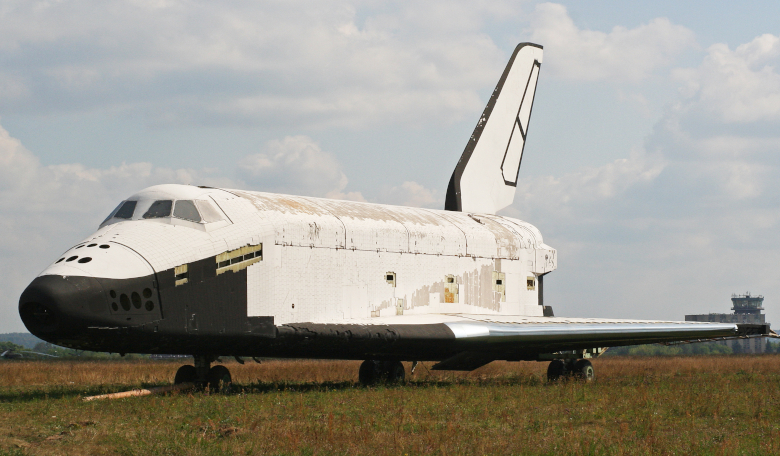According to Russian domestic news site RIA Novosti, the country is developing a new mini space shuttle, that is comparable in size to the US Air force’s mysterious space plane, the X-37B.
The craft, which will be used to transport cargo into orbit and return it to Earth, is being developed by the Molniya Research and Production Association (NPO); the developers of the Soviet Union’s first spaceplane, the Buran.
Like the X-37B, the new model, already dubbed the “mini-Buran” will also run autonomously and is anticipated to be “space-ready” in the next five years.
“Over the past year, we have made significant progress in developing a new civil aerospace complex. Up to this point, there were some separate developments, but there was no clear task. Now the task has been set, and the development of a civilian reusable complex with an orbital aircraft is in full swing,” says Olga Sokolova, Director General of the NPO Molniya.
The Buran programme was started by the Soviet Union in the early 1970s as a response to the United States Space Shuttle programme.
The project was downsized and eventually cancelled in the 90s, but at the time it was the largest and the most expensive in the history of Soviet space exploration.
Its first spaceplane, the Buran, was rolled out of production in 1984 and completed one uncrewed spaceflight in 1988. It was later destroyed in 2002 when the hangar it was stored in collapsed, a disaster which also reportedly killed eight workers.
Buran was designed to be launched on the Soviet Union's super-heavy lift vehicle, Energia, whereas the new version will be launched into orbit by a Soyuz-type launch vehicle, says Sokolova.
Russian media sources say that a full-size model of the new craft was presented at the Army-2020 forum held in August last year, however as it was displayed in a closed pavilion not all forum visitors had the opportunity to see the future orbital aircraft.
“This development made the most positive impression on the guests, even taking into account the fact that it was presented in a closed pavilion, and the general public could not see it. Nevertheless, the resonance was very serious, primarily due to the fact that Molniya returned to its core business of creating reusable spacecraft,” Sokolova said.
Although few details on the intended craft have been presented, Molniya’s Director General added that the new “mini-Buran” will have the same dimensions as the US’s X-37B spacecraft.
Developed by Boeing, the X-37B – also known as the Orbital Test Vehicle (OTV) – is about 8.8 meters (29 feet) long and 2.9 metres (9.5 feet) tall, with a wingspan just less than 4.6 metres (15 feet). This is significantly smaller than the Buran which topped 36.4 metres (119.3 ft) in length and had a wingspan of 23.9 metres (78.5 ft).
The X-37B has been successfully operating since 2010 and during this time has made six flights; a few of which have carried secret payloads on long-duration flights in Earth orbit.
Like the X-37B, the reusable mini-Buran is expected to land back on Earth via a runway, but unlike the secretive plane however, Sokolova says its main use is for the transportation of goods to space and back again and could also be used for commercial purposes.











